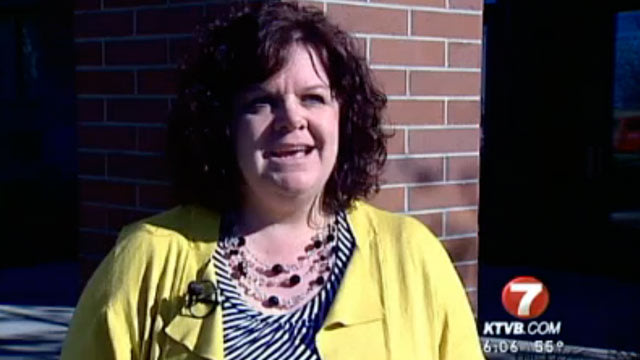
Wedding Ring Found After Toilet Flush - An Idaho woman was reunited with her diamond wedding ring just in time for her 25th anniversary. Mechelle Rieger, 44, set her wedding ring on a privacy wall in her bathroom 18 months ago as she stood up to flush the toilet.
"It was slow motion. That ring bounced off, landed in the toilet just as it was flushing down and it just took off," she told ABC News. "It was long gone." Rieger said her husband took apart the toilet and pipes, but her ring was...
READ MORE - Wedding Ring Found After Toilet Flush